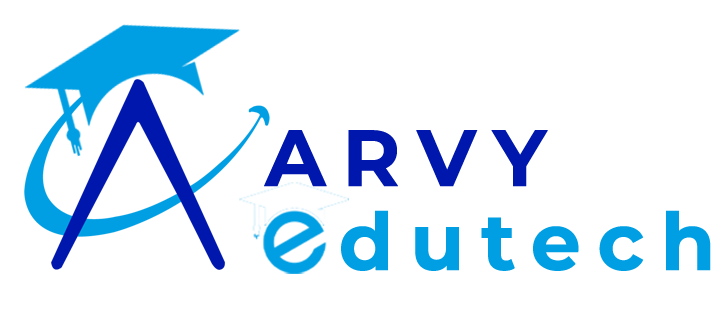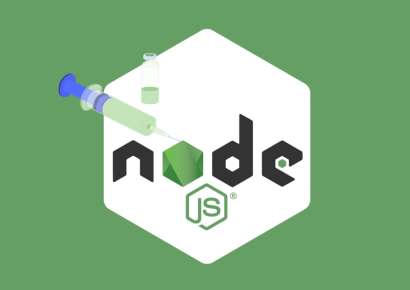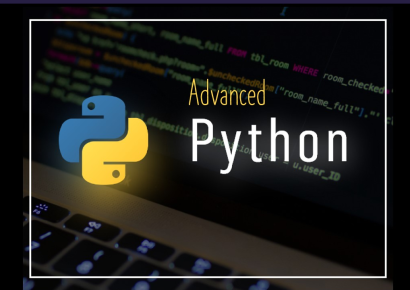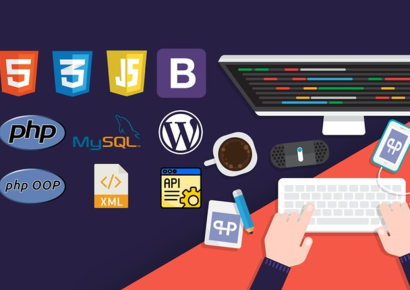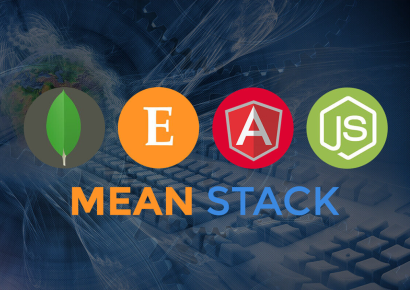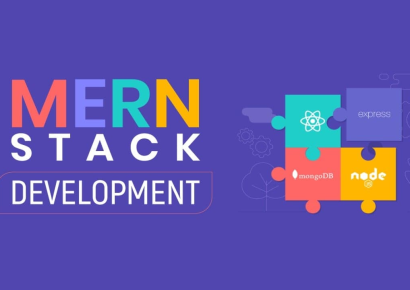We all know that digital environment is not at all complete without designing. Web designing includes UI/UX design, HTML, website coding, and much more. If you are interested in becoming a professional web designer apart from the development side, then we do provide web designing course as well as training at our Gurgaon location. We will guide you how to create aesthetically beautiful, functional, and jaw-dropping websites that will convert the end-user. Our web designing course is all about learning design and development hand in hand because an impressive website requires both – design and functionality.
So, let your creative side fly high with our web designing course and create smooth websites for all your potential employers or businesses in the future.
Key Highlights of Web Designing Course
At Aarvy EduTech, we are offering a comprehensive Web designing training that goes beyond traditional ways of teaching and learning. Here are some key highlights that our course offers:
-
- Live Projects: As a part of this course, you will be learning the basic coding languages, knowledge of interaction design, colour principles, visual design, layout, UI/UX of the website and a lot more. Our web designing course is divided into two parts – Theoretical and Practical. To understand the theoretical part, we will be emphasizing more on the practical learning, simply by learning through LIVE projects. From key concepts to entire web designing project, you will be able to learn everything at our institute.
-
- Industry-Relevant Curriculum: Our curriculum is all about fulfilling the needs of the learners as a web designer. Therefore, our web designing curriculum covers all the key concepts of designing, including fundamentals of HTML & CSS, Design, Color and Typography, UI/UX design, Responsiveness, Design tools like Adobe XD, Figma or Sketch. Additionally, we will be covering the industry trends and insights so that you are aware and land on your dream job quickly as possible.
-
- Flexible Schedule: When looking for an institute, we all are looking for flexible schedule because of our other commitments. Whether you are a working professional, or a fresher, we can accommodate all types of learners at our institute easily as per your requirements. So, if you want weekend classes only, online lectures or in-person lectures, we cover it all.
-
- Expert Mentors: We all need expert guidance and mentoring during the learning process. Our expert mentors will help you throughout the web designing training period. From one-on-one personalized guidance to industry insights, our expert mentors will make sure that you become a PRO after the course completion. All our mentors are domain experts and possess minimum of 10 years of experience in the industry. So, if you have been interested in learning web designing course from so long, here’s your chance to learn from the experts itself.
-
- 100% Placement Assistance: We provide 100% placement assistance to all our students in any domain. From resume building, interview preparations, mock tests to internships, we will help you land on your dream job confidently with your new skill sets and on a great LPA.
-
- Interactive Lectures: Of course, we understand boring lectures will never going to help you that’s why we believe in conducting interactive sessions and classes at Aarvy EduTech. From webinars to lectures, all our sessions are thoroughly engaging and fun for the learners. Because learning becomes easy when it’s fun and interactive.
Skills You Will Gain
In this Web Designing Course in Gurgaon, you will learn:
-
- Understanding Key Design Principles and Coding Proficiency : Before starting the webs designing, it is crucial to understand the key design principles and best practices for creating visually appealing and user-friendly websites. So, proficiency in coding with HTML and CSS to build the structure and style of web pages.
- Mastering UI/UX Design: You will learn about User Interface (UI) and User Experience (UX) design to create intuitive and engaging digital experiences. From designing principles, layouts to navigation systems and elements, you will learn everything about UI/UX to enhance the user experience, engagement, and satisfaction level.
-
- Exploring Typography in Web Design: Through web designing course, you will also understand and explore the world of typography in web design. It is important to master the techniques and effectively choosing the right font and size in website designing. Moreover, spacing and content hierarchy is what you will be taught so that you can enhance the readability and convey brand aesthetics beautifully to the end-user.
-
- Achieving Responsive Website Design: A responsive website design can adapt seamlessly across various devices and screen sizes, be it desktop version, mobile version, or tablet version. Our goal is to provide optimal user experience to the end user regardless of the platform.
-
- Utilizing Designing Tools and Methodologies: You will be familiarized with the designing tools and methodologies such as Adobe XD, Figma, or Sketching. You will essential skills to create prototypes, wireframes and design websites that are aesthetically beautiful, responsive, and work smoothly across all platforms.

